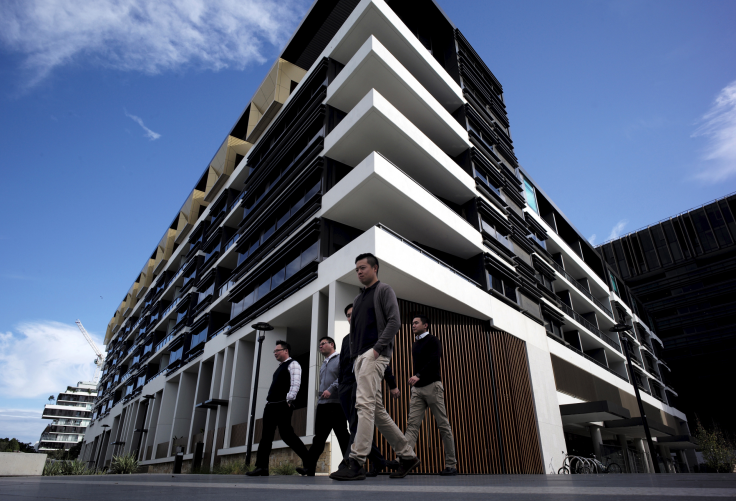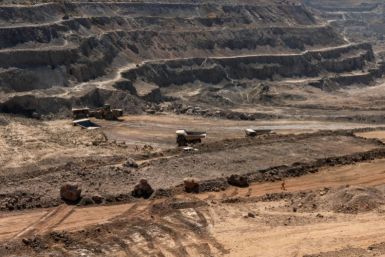Sydney and Melbourne CBDs apartment rental price drop pose risks to economy

Sydney and Melbourne CBD are good places to rent an affordable apartment as the cities show a large decline in the apartment prices. Over the 13-month period, Sydney CBD apartment prices dropped in price by 9.1 percent while it's 8.4 percent in Melbourne CBD.
The Australian cited a one-bedroom apartment in Melbourne has an asking price of $161,000. It is cheaper than the general market price of $500,000. The column read that the apartment is sold for sale at a lot lower price probably the owner was "sick of the fact that their apartment was not selling."
Price drop is beneficial for the apartment seekers, but it's not a win-win situation for the market. The significant drop in price is risky to the economy.
REA Group Chief Economist Nerida Conisbee told news.com.au that there are three main risks that the market faces due to the lowered price of apartments. The risks include settlement risk, occupational risk and secondary market risk.
Settlement risk rises when the prices or values drop as banks see it as a bad investment. It occurs when a buyer is not able to meet the legal obligations of a loan ending up defaulting on the loan. In effect, the buyer must pay a large deposit to make up the difference. The buyer may also end up paying more than the original cost.
“Banks are now being restricted on the amount that they are lending, particularly to investors. They are being capped on the growth in their lending so they may see that particular apartment development as not being worthy of their lending. People have put down deposits two years ago ... but the banks can change their approach to risk quite significantly,” Conisbee said.
Occupational risk happens when an apartment is completed but there are no tenants renting. According to Conisbee, it is already happening in Brisbane and Perth CBDs.
“While declines in rents are not great for investors, a large increase in the vacancy rate is even worse. No tenant equals zero rent, and therefore no return on investment,” Conisbee said.
Secondary market risk happens when an offshore buyer has a slim chance to sell the apartments after realising that it does not give a good return on the investment.
“The likelihood of Australians buying the 18,000 apartments [in Melbourne] coming to market in the next 18 months; it is a far smaller pool. There is just potentially not enough people to buy those apartments,” Conisbee said.






